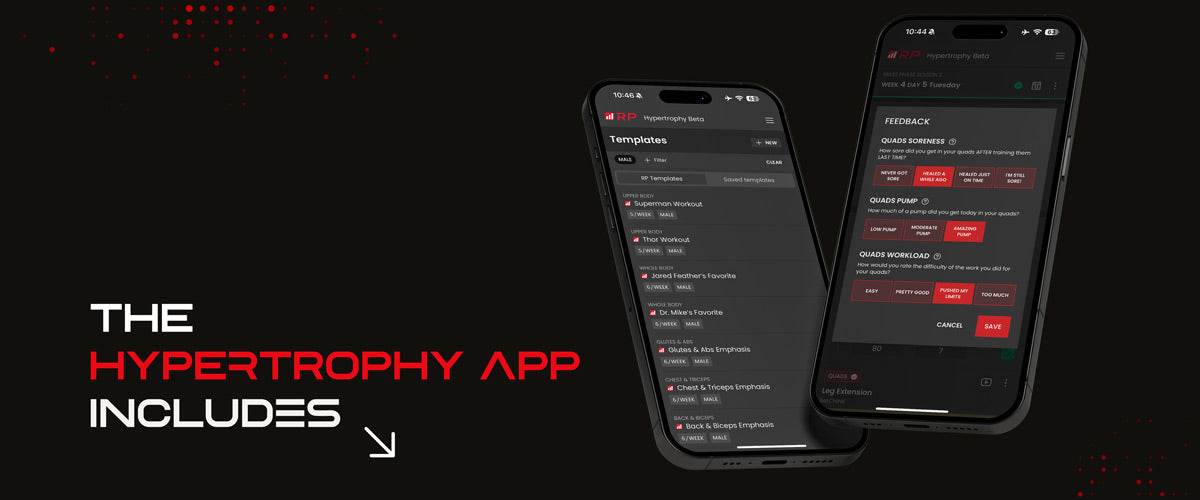Prison workouts are often glamorized as raw, gritty, and brutally effective. Think endless push-ups, burpees, and makeshift equipment. But how do these routines actually hold up under the lens of exercise science? Let's break down the reality behind prison-style training — what works, what doesn’t, and what you can take from it without ending up in solitary with a shoulder impingement.
TL;DR
- Prison training emphasizes effort and consistency — two essential pillars of fitness.
- Bodyweight workouts can build muscle, but they’re harder to scale and progress.
- Lack of equipment limits exercise variety, movement patterns, and overload potential.
- Scientific principles like progressive overload and fatigue management often go ignored.
The Power of Consistency and Effort
If there's one thing prison training nails, it’s consistency. Daily workouts, minimal distractions, and full-body routines done with intensity? That’s a recipe for progress — especially for beginners. The structure and discipline can provide a surprising edge, even if the methods are limited.
Effort counts, and prison-style routines demand it. High reps, minimal rest, and brutal circuits aren’t easy — but they build mental toughness and work capacity. That said, effort alone won’t save a poorly designed program.
The Bodyweight Limitation
Push-ups, pull-ups, squats, and dips are staples for a reason — they work. But relying solely on bodyweight exercises can hit a wall. Once those movements get easy, progressing them becomes tricky. Adding reps indefinitely won’t create the same hypertrophic stimulus as external load.
Sure, advanced calisthenics like one-arm push-ups or pistol squats can challenge experienced lifters, but they require high coordination and joint stability, often limiting volume. For consistent muscle growth, scalable resistance is key.
Gaps in Movement Quality and Balance
Many prison-style workouts overlook essential movement patterns — like horizontal pulls, loaded hinges, and proper knee flexion. That creates a risk of muscle imbalances and overuse injuries. When you only have a pull-up bar and a bench, it's easy to overemphasize pushing and vertical work.
A well-rounded program includes pull variations, hamstring-focused movements, and proper stimulus for the posterior chain — all of which are hard to come by in most prison-inspired routines.
Fatigue ≠ Results
These workouts often conflate pain with progress. Just because you're drenched in sweat and can't feel your arms doesn't mean you stimulated hypertrophy. Smart training balances effort with fatigue management, using targeted overload — not just survival drills disguised as workouts.
Without rest days, deloads, or periodized progression, it’s easy to stall out or run into joint pain and burnout. Volume for volume’s sake isn’t the answer — especially if form breaks down or recovery tanks.
What You Can Learn (and Leave Behind)
There’s something admirable about the simplicity and grit of prison-style workouts. But you don’t need to train like you’re locked in a 6x8 cell to get results. Instead, borrow the consistency and discipline — and pair it with intelligent programming that evolves with your fitness level.
Want Smarter Tracking? Let the App Do the Work
Tracking your sets and reps in a notebook or spreadsheet works — but there’s a smarter way to manage progression. The RP Hypertrophy App takes care of set adjustments, rep targets, and volume regulation automatically. Just log your performance after each set, and the app handles the rest.
Bonus: You can choose your exercises and build a custom plan that actually works for you. No more guessing — just results.
The Verdict
Prison training proves that you don’t need a fancy gym to get fit — but it’s not a magic formula. Without proper progression, balanced movement selection, and recovery, these workouts fall short for long-term development. Take the intensity and grit, but leave the guesswork behind.
